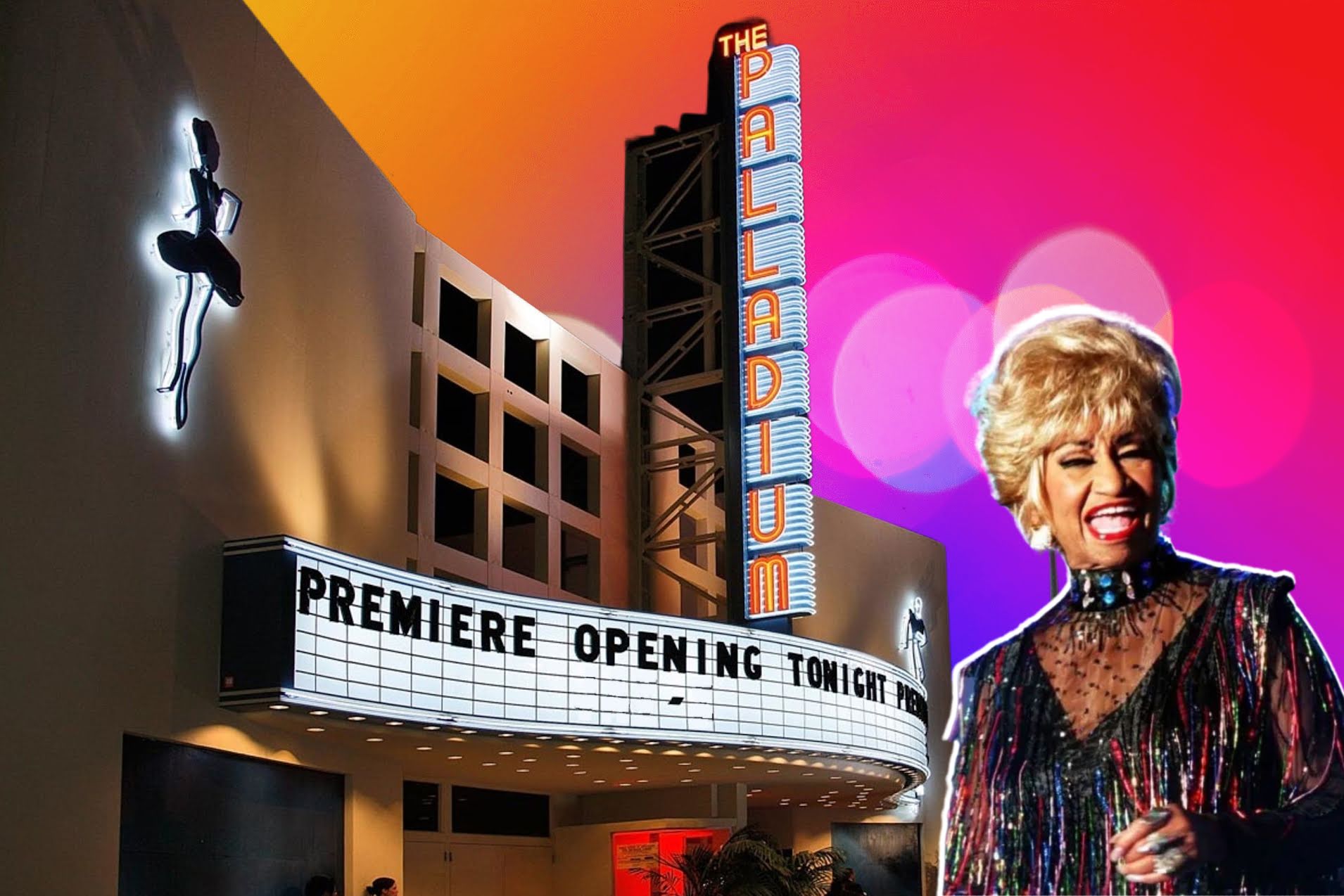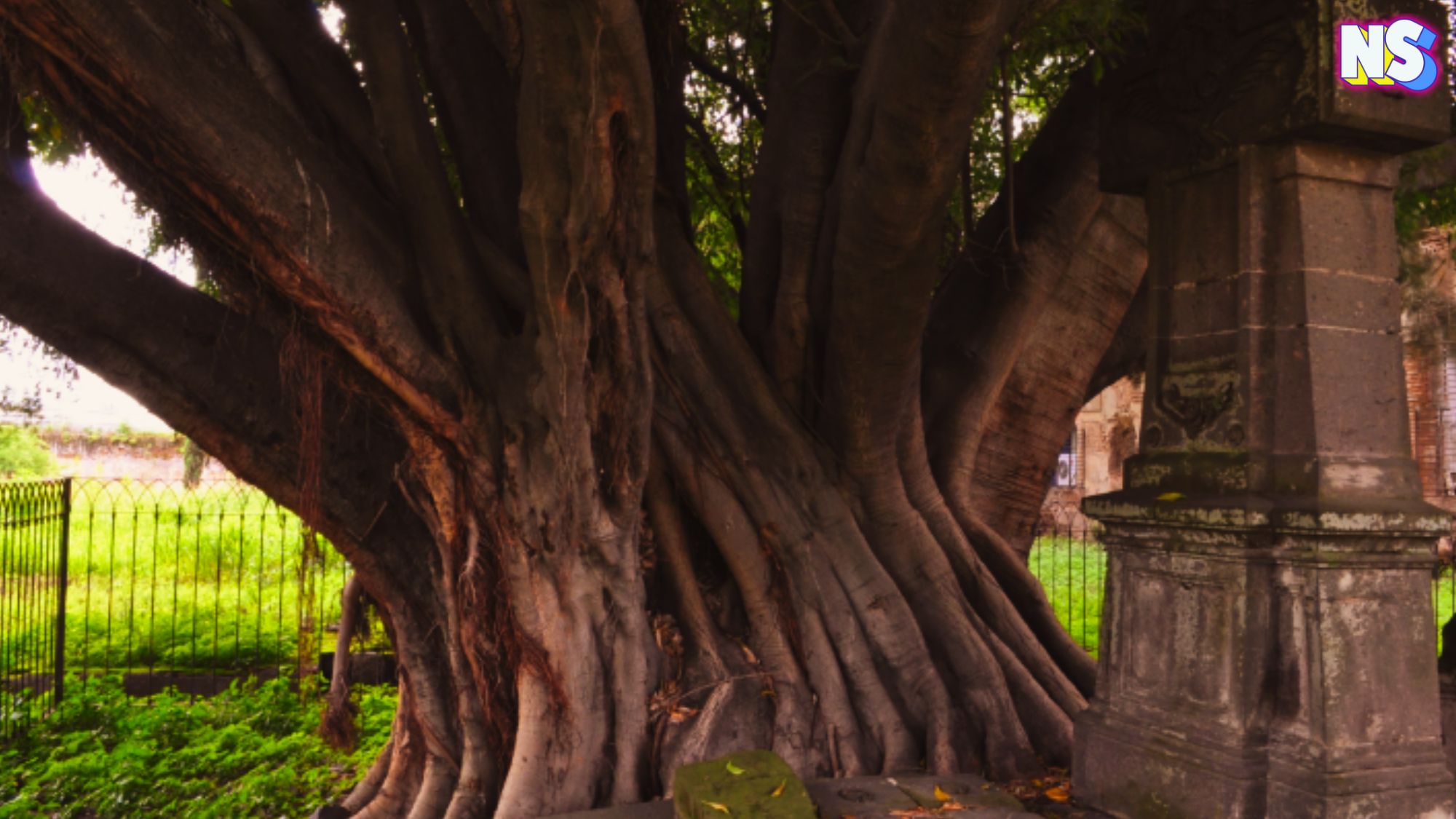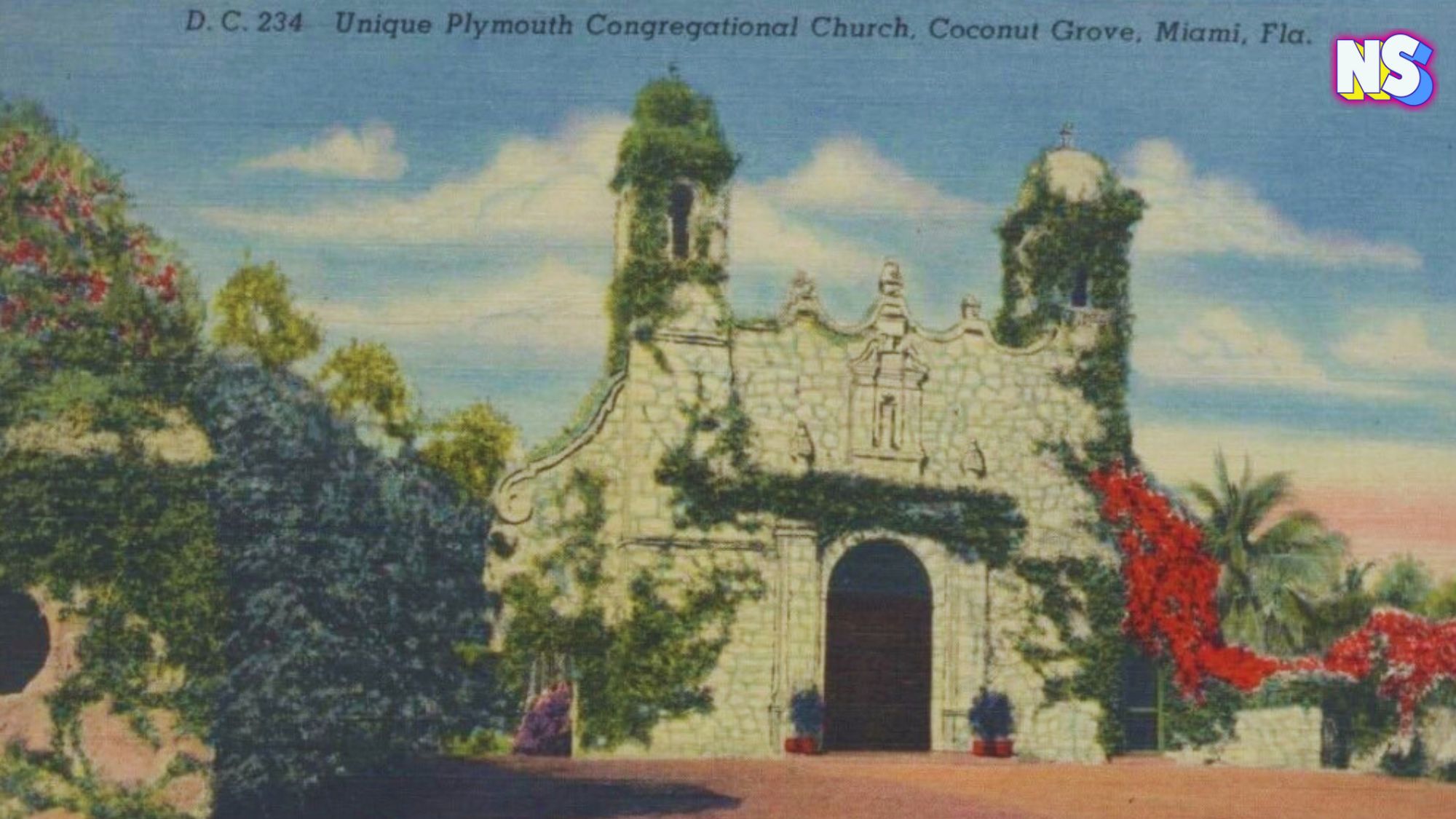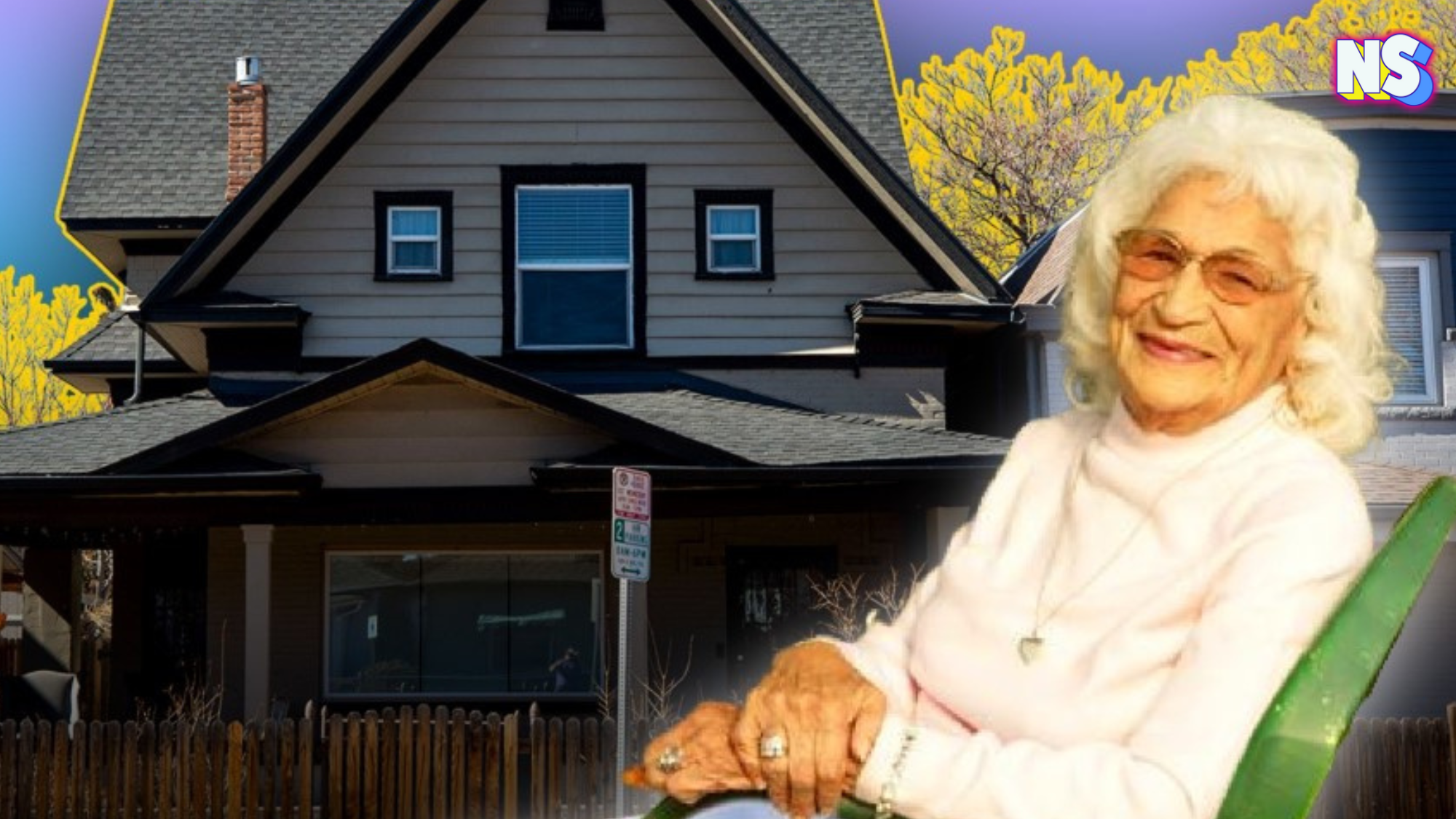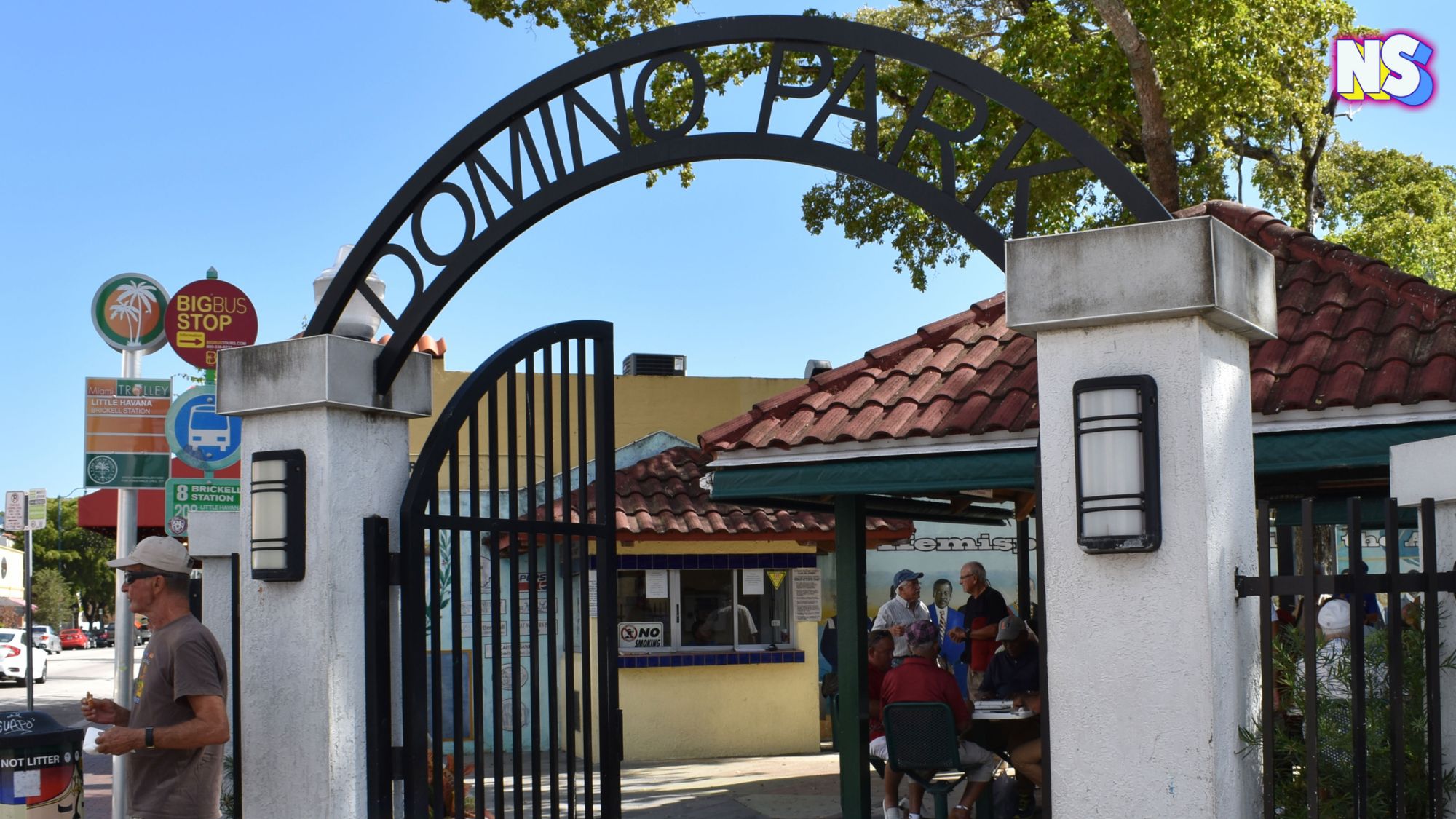Credit: Nuestro Stories
The Hollywood Palladium was home to many rhythms and pumped the city of Los Angeles with art, dance, and history.
The venue opened in 1940. It was designed by the renowned Los Angeles architect Gordon B. Kaufmann and is characterized by its simple, modern style.
Located on Sunset Boulevard, the Hollywood Palladium quickly became the top venue to enjoy live music and events. During the ’40s and ’50s, it hosted swing dancing and big band music. In the ‘60s, champagne music, and in the ’70s, ‘80s, and ‘90s rock-and-roll concerts.
In 1955, disc jockey Lionel “Chico” Sesma began promoting lavish Latin parties at the Palladium. The “Latin Holidays” transformed the Palladium, which desperately needed to fill its dance floors after a low turnout of guests.
Thanks to Chico, mambo, and chachachá became popular in Los Angeles, starting an annual event that lasted for decades. Chico’s Latin events introduced none other than Tito Puente’s orchestra, which played regularly between 1957 and 1977.
Celia Cruz found a home for her voice
There were plenty of Latin artists introduced to the public thanks to Chico’s event. It was here that, perhaps, one of the most important Latinas within the Latino community world left a mark with her voice. Believe it or not, the queen of salsa, Celia Cruz, made Hollywood Palladium her home for a long time. In fact, it was pivotal to her success.
Cruz arrived in the United States in the late1950s and settled in the early 1960s after Fidel Castro denied her re-entry to Cuba. This was a blessing in disguise as the Cuban salsera, alongside The Sonora Matancera, became Hollywood Palladium’s hottest ticket in town.
She performed with the Sonora Matancera until 1966 when she joined Tito Puente’s orchestra. Cruz’s popularity increased so much that it led her to jumpstart her career as a soloist. She also began working with other prestigious musicians, such as the Fania group.
The rest is history. La Reina de la Salsa flourished outside of her home and the Hollywood Palladium. Thank goodness for this as it gave her the stage that encouraged her to keep honing in on her musical skills. Her voice will now live forever in our hearts.
Read more: Grading History: A Review of the Smithsonian’s First-Ever Latino History Exhibit
Things You Should Know Before You Visit the Hollywood Palladium
- The Hollywood Palladium was listed on the National Register of Historic Places in 2016.
- Joe Loco‘s orchestra performed several shows at the Hollywood Palladium with singer and dancer Josephine “Josie” Powell.
- Celia Cruz met her husband Pedro Knight in the Sonora Matencera who was the first trumpet of the orchestra.
- Celia Cruz appeared in several films and received the Smithsonian Lifetime Achievement Award, the National Medal of Arts, and honorary doctorates from Yale University and the University of Miami.
Address: 6215 Sunset Blvd, Los Angeles
Experience it here

